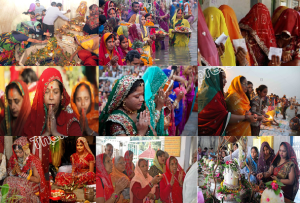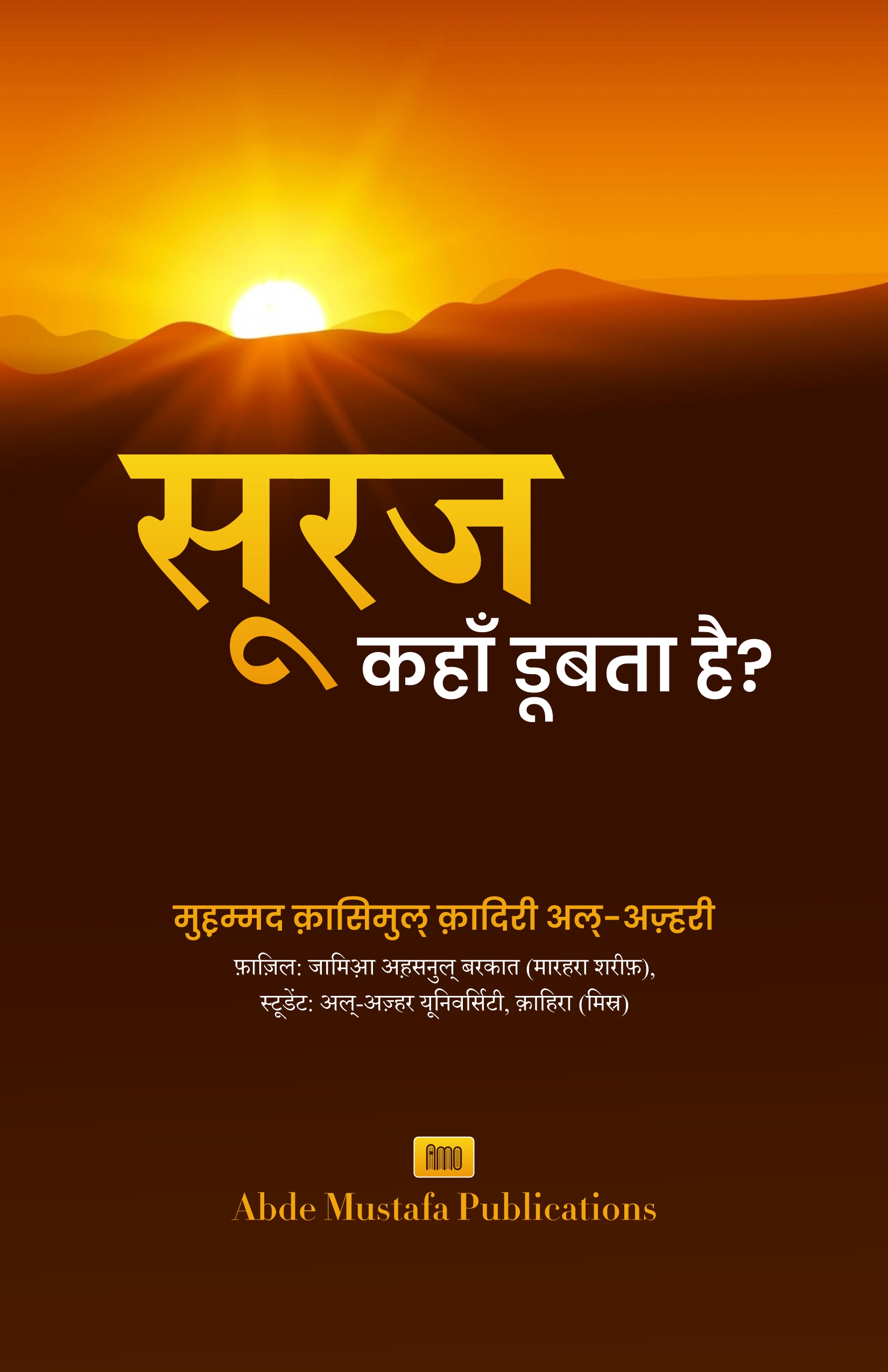Hijab/Veiling in Hinduism

Written by Sulaiman Razvi
Why do Hindu women cover their head especially during worship? Have you noticed that a lot of Hindu women covers their head while offering prayers, meeting their elders? Hindus say that it is done to pay respect. Although veiling is not ordained in Hinduism like in Islam but some texts suggests that covering head or veiling was also common among Hindu women in Puranik period. Hijab is mentioned in the Quran and not Niqab (face veil) although face veil is also acceptable. According to The Hindu report, 60% of women in India practice face/head covering, the highest is in Rajasthan where 96% of women practice head/face covering, in Bihar it is 91% and in Haryana & Madhya Pradesh the percentage is 88% while Muslim population in these states are just 9.1%. 16.9%, 7% and 6.6% respectively. We can find examples of women covering their head or wearing veil in Hindu scriptures. Hindu goddess Parvati is said to have covered her face with a garment while meeting sage Narada,
Padma Purana I.43.128b-133b “Joining her lotus-like hands and concealing her face the beloved of the Mountain saluted the sage, a heap of lustre…Then the respectable daughter of the Himalaya mountain, whose mind was amazed, saw the sage Narada of wonderful form. The sage also addressed her with (these) affectionate words: ‘Come, O daughter’. But embracing the father, she sat on his lap. The mother said to the respectable girl: ‘O daughter, salute the revered sage, blessed with penance. (Thereby) you will obtain a husband of your liking’. Thus addressed by her mother, she, having covered her face with her garment and with her slightly trembling, did not utter any word.” Tr. N.A. Deshpande
Sati the first wife of Hindu god Shiva is also said to have practiced veiling, Brahma said,
Shiva Purana, Rudra Samhita 2, Satikhanda section II, Chapter 19, verses 26-27 “Then, O sage, afflicted by the cupid and delighted in the heart of hearts, I lifted her veil and stared into the face of Sati. I looked at the face of Sati many a time…” Tr. J.L. Shastri
Mahabharata says that Draupadi veiled herself properly while addressing sage Narada,
Mahabharata Adi Parva 1, Section 210, verses 14-16 “Hearing of the Rishi’s arrival Draupadi, purifying herself properly, came with a respectful attitude to where Narada was with the Pandavas. The virtuous princess of Panchala, worshipping the celestial Rishi’s feet, stood with joined hands before him, properly veiled, The illustrious Narada, pronouncing various benedictions on her, commanded the princess to retire.” Tr. K.M. Ganguli
Some verses about women veiling themselves,
Valmiki Ramayana, Yuddha Khanda 6, Sarga 111, verses 63-64 “O Lord! Are you not indeed enraged, in seeing me on foot in this way out through the city-gate, unveiled and come on foot in the way? O lover of your consorts! Look at all your spouses, who came out, with their veils dropped off. Why are you not getting enraged in seeing this?” Tr. K.M.K. Murthy
Devi Bhagavatam 9.18.1-26 “…O Nârada! Seeing S’ankhachûda coming near to her, Tulasî covered her face by her clothing and she…” Tr. Swami Vijananda
Devi Bhagavatam 9.19.2-94 “…The king S’ankhachûda then attracted his dear Tulasî to his breast and took off the veil fully from her face and began to look on that, next moment he kissed on her cheek and lips and gave her a pair of garments brought from the Varuna’s house…” Tr. Swami Vijnananda
You may have seen pictures of Hindu goddess Sita with her head covered by her Saree or other cloth. Valmiki Ramayana, Kishkindha Kanda 4, Sarga 6, verse 11 says that Sita dropped her upper cloth (Uttariya) and jewellery while being abducted so that her husband may find her by tracing her belongings. The Sanskrit word Uttariya has several meanings like shawl, scarf, upper garment. But since she used to wear Saree, so the upper garment here refers to scarf with which she used to cover her head. Manmath Nath Dutt also translates the word Uttariya as scarf here,
Valmiki Ramayana, Kishkindha Kanda 4, Sarga 6, verses 11-12 “Seeing me along with my four counsellors stationed at the hill, she dropped down her scarf and her ornaments. All these, O Raghava, I have taken and kept (with me. I will bring them. It behoveth thee to recognise them.” Tr. M.N. Dutt
It is mentioned in Tulsi Ramayana,
Ramcharitmanas Doha 116, Chaupai 1-4 “…The one who is artless in manners and has a fair and graceful form is called Lakshamana and is my younger brother-in-law. Again veiling Her moon-like face with an end of Her sari She looked at Her beloved lord…” Tr. Gita Press
Bhavabhuti a 8th century scholar too refers to Sita’s veil in his Mahavira Charitra. It is further mentioned in the Mahavir Charitra Act 2 Page 71 that When Purshuram comes, Rama tells his wife Sita that “He is our elder, please lower your gaze, and put on the veil”. A 7th century C.E poet named Magha in his Sisupalavadha V.17 described the women of Krishna’s household as wearing a veil.
